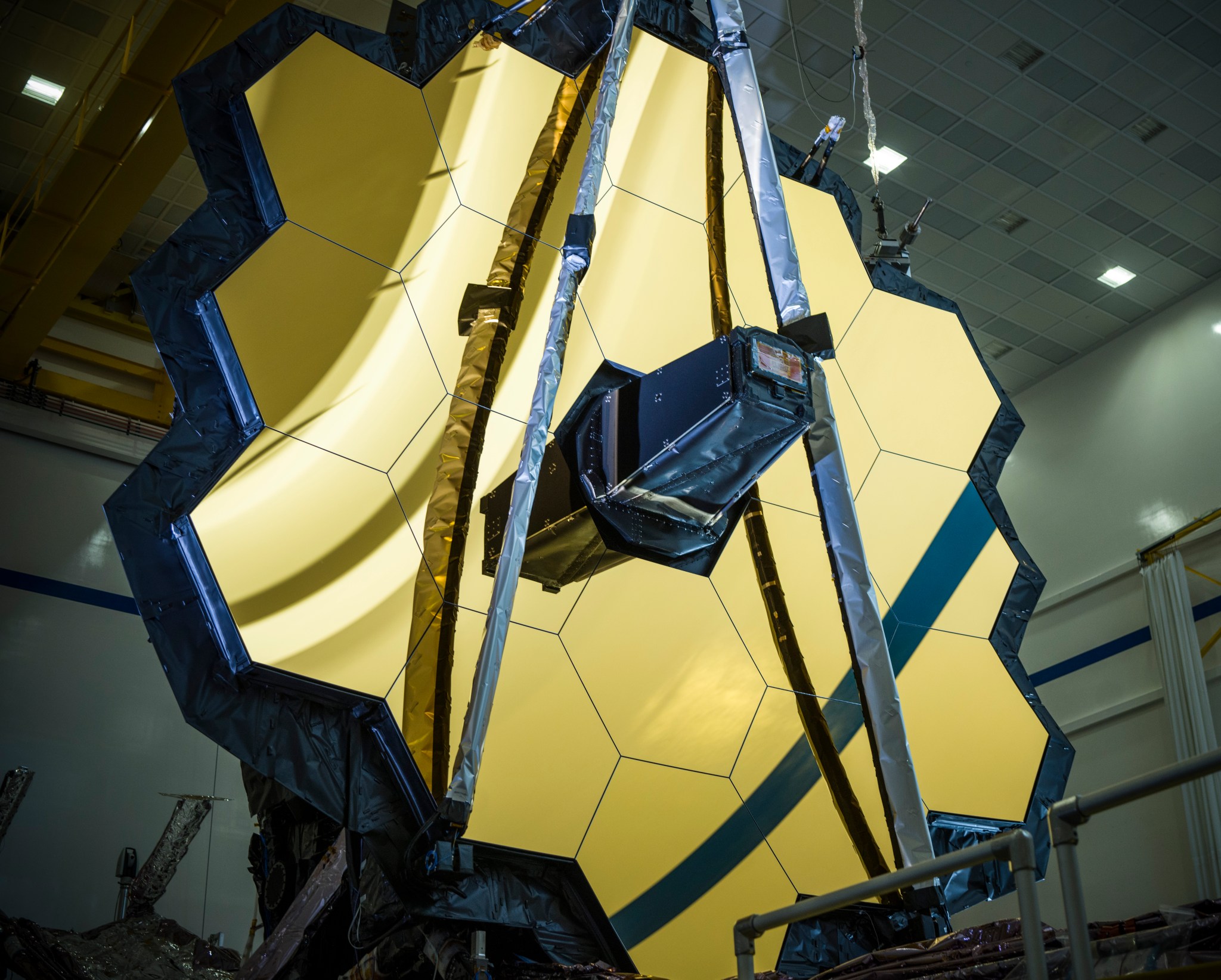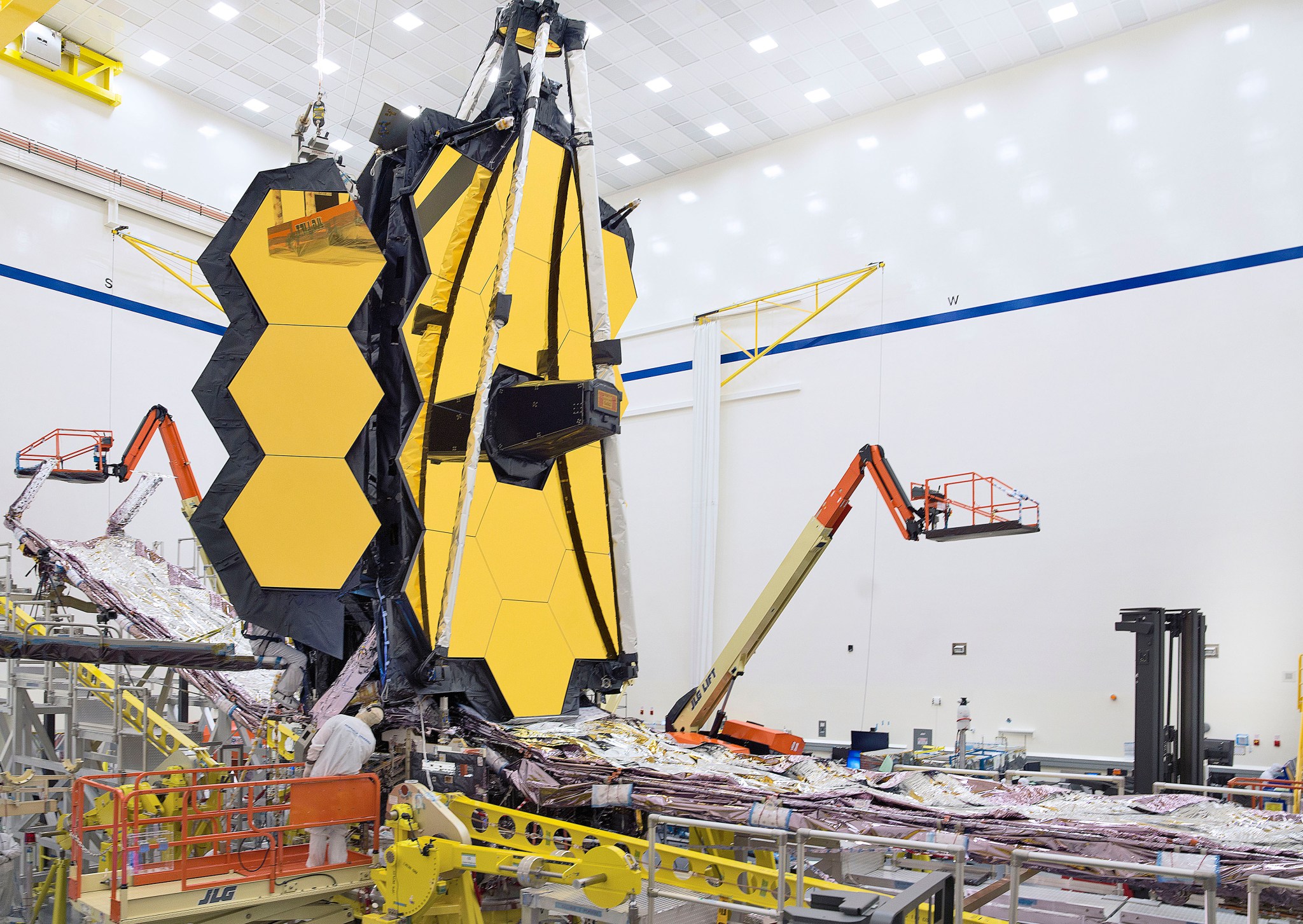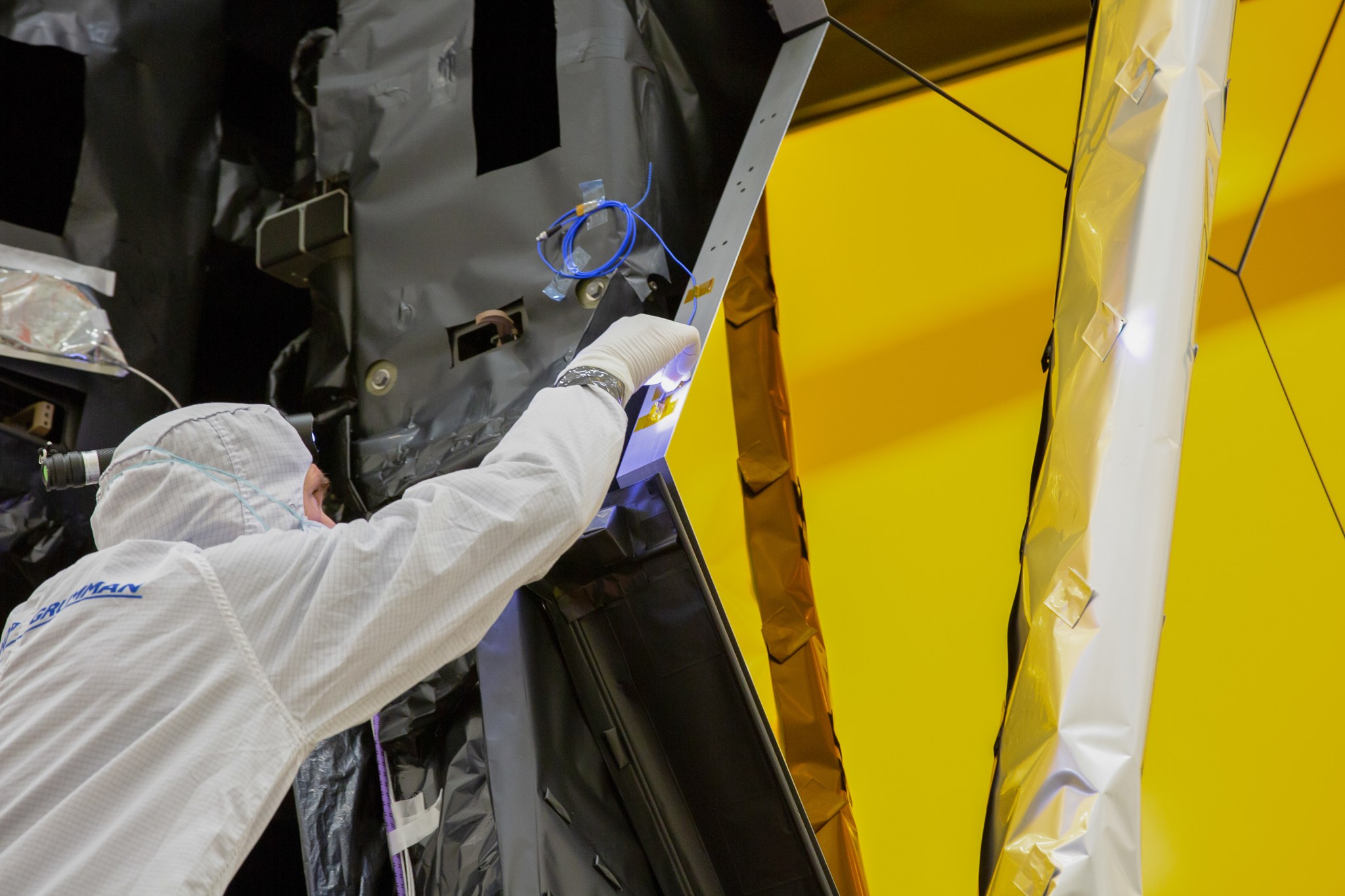Now that NASA’s James Webb Space Telescope has been assembled into its final form, testing teams seized the unique opportunity to perform a critical software and electrical analysis on the entire observatory as a single, fully connected vehicle.
Known as a Comprehensive Systems Test or CST, this was the first full systems evaluation that has ever been run on the assembled observatory, and one of the final first-time activities the team will perform. Similar performance evaluations have been completed in Webb’s history, using simulations and surrogates to infer data about pieces of the spacecraft that had not yet been assembled. Now that Webb is fully built, simulations and simulators are no longer needed, and engineers can confidently assess both its software and electronic performance.
Testing is the best way to ensure mission success.
Webb is the largest and most technically complex space science telescope NASA has ever built. It is comprised of many components that must all communicate and work in unison to achieve mission success. Systems evaluations like these ensure that this happens by verifying and validating that each of them is communicating and performing as designed.
The importance of testing cannot be overstated in software development. Individual units of code must be tested as they are written, then retested as they are combined into larger and larger software components. Tests need to be rerun every time a bug is fixed, or a feature added, to verify the changed code doesn’t propagate unexpected and unwanted behaviors in the system. To complete the test, personnel was staffed 24 hours a day, for 15 days consecutively, and approximately 1,070 scripts or sequences of instructions were executed, and nearly 1,370 procedural steps were performed.
Webb’s final series of tests will determine its readiness for launch. This CST just completed establishes a baseline of electrical functional performance. In a few months, after the observatory completes its next and final set of acoustic and vibration tests that simulate the rigors of launch, the team will run another full-system scan. Engineers will then compare the ‘before and after’ results, which should be the same, indicating that the spacecraft is operating as intended as a complete observatory and will withstand the launch environment to operate as designed once in space.
“I’ve never seen such effort, collaboration and cross-organizational efforts to bring so many different teams and people in so many different areas together to execute a common goal so successfully,” said Randy Pollema, the electrical integration and testing lead for Webb at Northrop Grumman in Redondo Beach, California. “We have a lot of pride, and feel a lot of personal reward in what we’ve been able to accomplish over the last year in assembling Webb into its final form, and with the completion of this latest systems evaluation we can confidently move forward knowing that the assembly was a success.”
The evolving novel coronavirus COVID-19 situation is causing significant impact and disruption globally. Following augmented personal safety procedures implemented in March due to COVID-19, the James Webb Space Telescope’s Northrop Grumman team in California continued integration and testing work in the cleanroom with significantly reduced on-site personnel and shifts. Starting in late May, the team resumed near-full shift cleanroom operations. The team is evaluating impacts on the March 2021 launch date and new risks going forward and will establish a new launch readiness date in July.
The James Webb Space Telescope will be the world’s premier space science observatory and will solve mysteries in our solar system, look beyond to distant worlds around other stars, and probe the mysterious structures and origins of our universe and our place in it. Webb is an international program led by NASA with its partners, ESA (European Space Agency) and the Canadian Space Agency.
For more information about Webb, visit www.nasa.gov/webb
Header image caption: Shown with its primary mirror fully deployed, NASA’s James Webb Space Telescope is the largest and most technically complex space science telescope NASA has ever built. Credit: NASA/Chris Gunn
By Thaddeus Cesari
NASA’s Goddard Space Flight Center



























